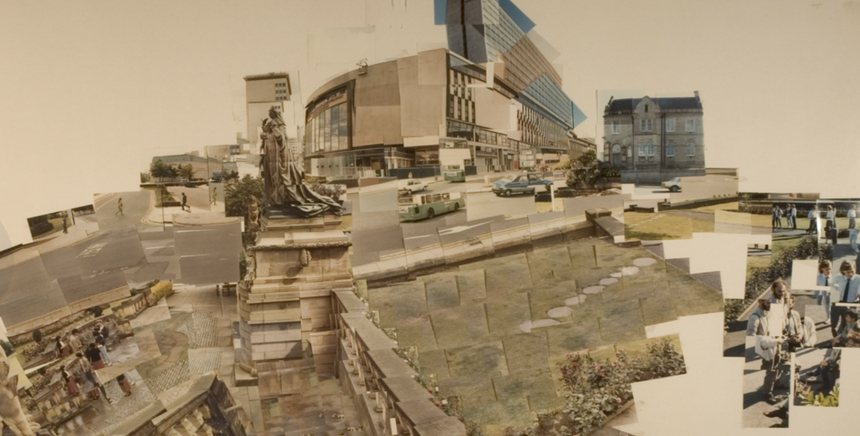A letter to Bradford from the National Science and Media Museum

Artwork by David Hockney “Bradford, Yorkshire, July 18, 19, 20, 1985″ Photographic collage 40 x 60” © David Hockney, Collection of the National Science and Media Museum, Bradford, UK
A letter to Bradford from the National Science and Media Museum: Making the tensions into strengths
We are proud to say the National Science and Media Museum is Bradford’s national museum. We gratefully thank all of you who have been part of the conversations and experiments over the past three years and especially those that have contributed moments of reflection and of hope to this publication process. We have discussed very carefully your moments and the insights promoted by the Bradford’s National Museum process and we have come to a recognition. We are committed to understanding Bradford better, but we now know that we also need to ask you to understand us better. It is not only the National Science and Media Museum that needs to change – what needs to change, develop and grow are the relationships between us.
Strength in aligning
Like many of you who contributed moments, we see so much potential in alignment between the local and the national. We want the museum to be actively and reciprocally connected to Bradford’s people, ideas and innovation. We recognize the great possibilities that open up through understanding Bradford as a lens through which to see the nation. As we saw in Above the Noise: 15 Stories from Bradford, the trans-local connections between Bradford and Mirpur, Sylhet, Gujarat, Jamaica, Poland and the Ukraine enable powerful stories of the personal and political impact of changes in media technology, as well as of the legacies of the British empire and of the 20th century’s wars and political revolutions.
Tensions between the national and local
However, three years of work have also sharpened up our understandings of the tensions we face in seeking to be both – national and local. The tensions are found in how to produce high quality outcomes for large audiences and do in depth community work, how to be part of a large organization with long time frames and formalised decision-making processes and to do responsive participatory work, and how to build strategic partnerships and enable all staff to develop personal professional networks in Bradford. These tensions were experienced in Above the Noise text editing, in the difficulty of turning ideas for events by collaborators quickly into realities, and in how we navigate collaboration and our internal decision-making processes. We do recognize that the experience of these tensions – both for staff and collaborators – have often been frustrating and dispiriting.
Tensions as strengths
Yet, through this process we have learnt something crucial for our future relationship with Bradford. We increasingly recognize that we cannot fully or finally resolve these tensions. In any complex, dynamic system, tensions will always exist. Rather, we have come to understand that the tensions could become a strength. Tension – in physics – is a force created through a combination of connection and pulling. Think, for example, of a taut tightrope that creates a route where movement in both directions can happen. It is precisely this mixture of pulling and connection which creates potential energy. The tensions in the work of the museum have been experienced as contradictions which pull the museum apart. But could we instead – drawing on the definition from physics – see the tensions as pulling to expand what the museum can do and become? We might think of the tensions experienced by the National Science and Media Museum as dynamic connections that create pathways and expand what the museum is. To put it another way, we increasingly think the tensions produced by being locally-rooted and being national are precisely what makes the National Science and Media Museum the National Science and Media Museum.
Looking inward to look outward
The challenge now lies in activating the tensions in ways which are fruitful and energetic. To do so the direction of the museum will need to be supported by three ways of working.
Challenge is expected and welcomed
The first is to recognize that seeing ‘tensions as strengths’ means actively negotiating disagreement. We will cultivate an institutional culture where challenge is welcome. We will see constructive challenge as professional loyalty to a museum openly navigating complex terrain, and as a characteristic of doing a good job. Through this, we will seek to surface and articulate tensions, so we can transparently account for decision-making.
Learning together is core work
The second is to develop an institutional culture that fosters intellectual and personal curiosity, self-reflection, deep listening and learning together. We seek to develop an approach to dealing with challenging issues – including structural racism – that goes beyond training or tick boxes by enabling deeper and sustained reflective practice. In doing this we will put the Science Museum Group Open for All initiative in dialogue with the histories of innovative anti-racist activism and inter-faith work in Bradford.
People are the organisation and structures adapt through everyday work
Finally, these ways of working will be underpinned by a theory of institutional development which sees changes in processes and decision-making structures as arising from conversation, collaboration and everyday work. In this way the people are the organisation, and the role of organisational structures is to enable these cultures of reflection and debate to drive the museums’ development.
Looking out and to what comes next
These last points have focused on institutional culture. For those of you in Bradford who we have worked with, and hope to continue to work with, these concerns might seem too internally focused. However, we have learnt that it is by looking inwards in a rigorous and ongoing way, by being critical about what we do and developing our practice in dialogue with local partners, that we will be able to look outwards to Bradford and to the world. We are now in a much better position to enter projects and partnerships, being clear about who we are and what we can bring to a collaboration.
As the first phase of the Bradford’s National Museum process draws to a close, we now open up the next phase of our work in and with Bradford. As we do so we find ourselves more able to speak about who we are, more able to listen well to all of you, and hopeful about what we will now create together.
Yours (and the nation’s),
The National Science and Media Museum



